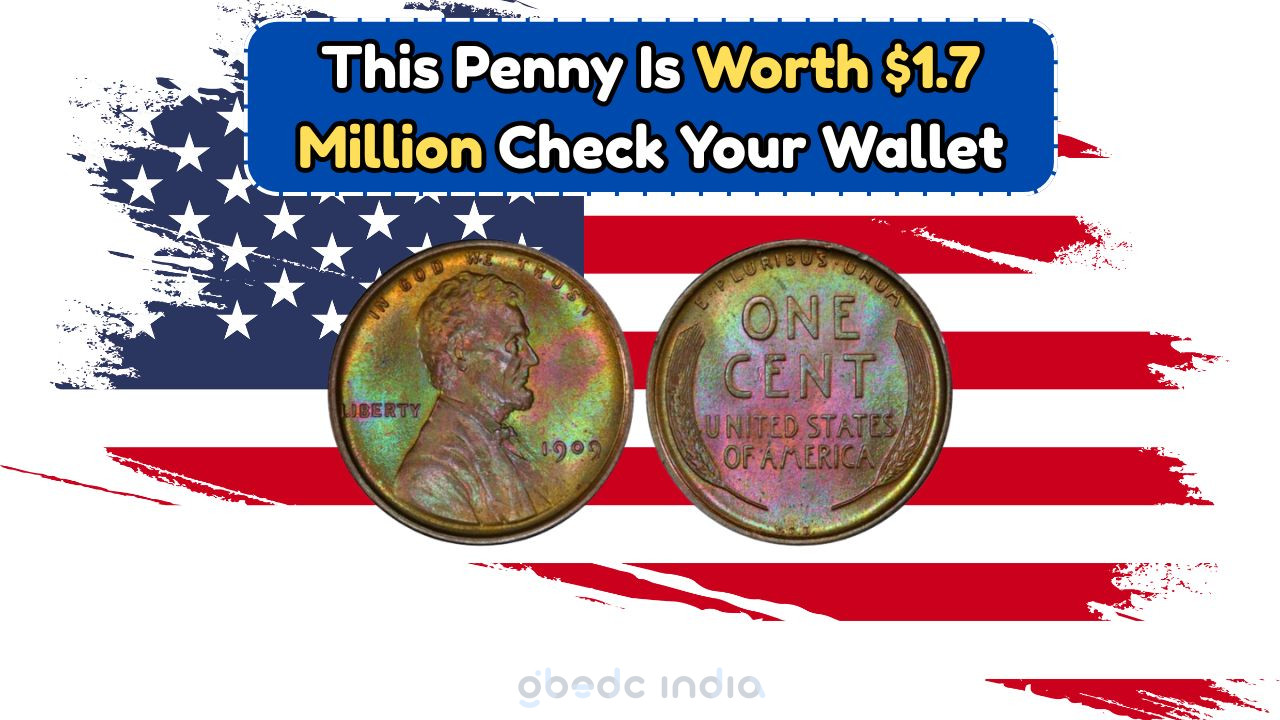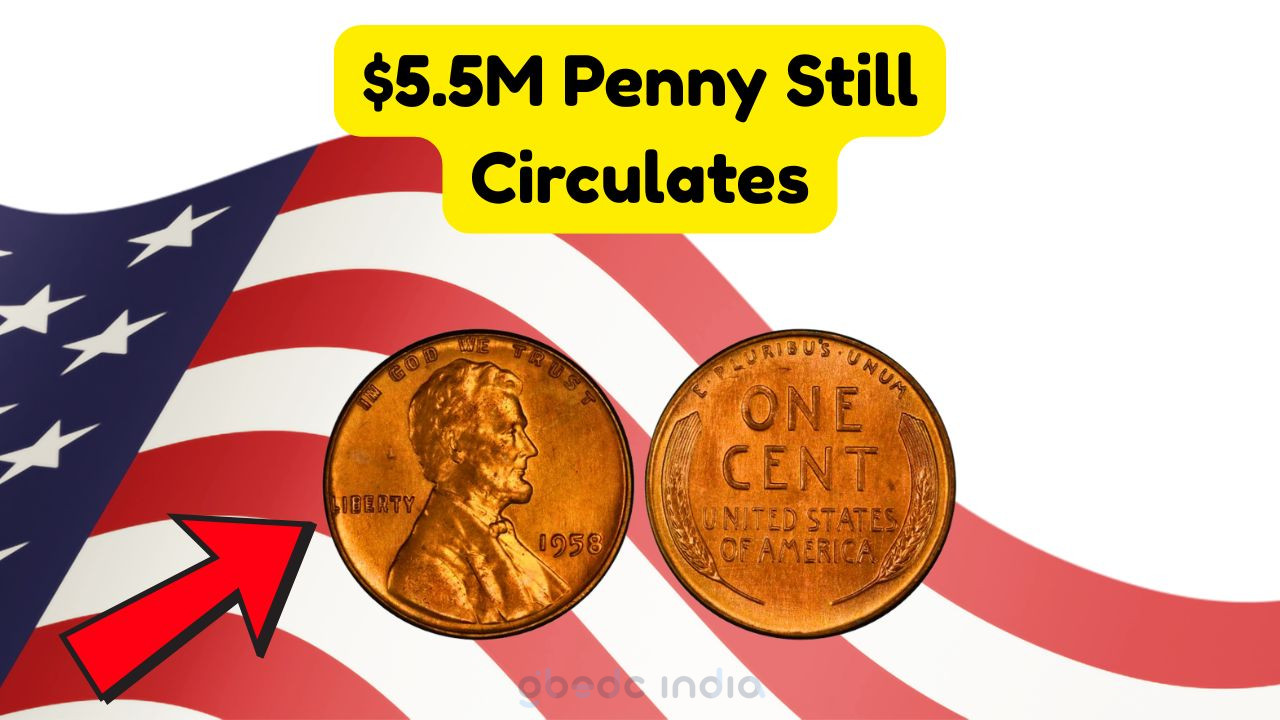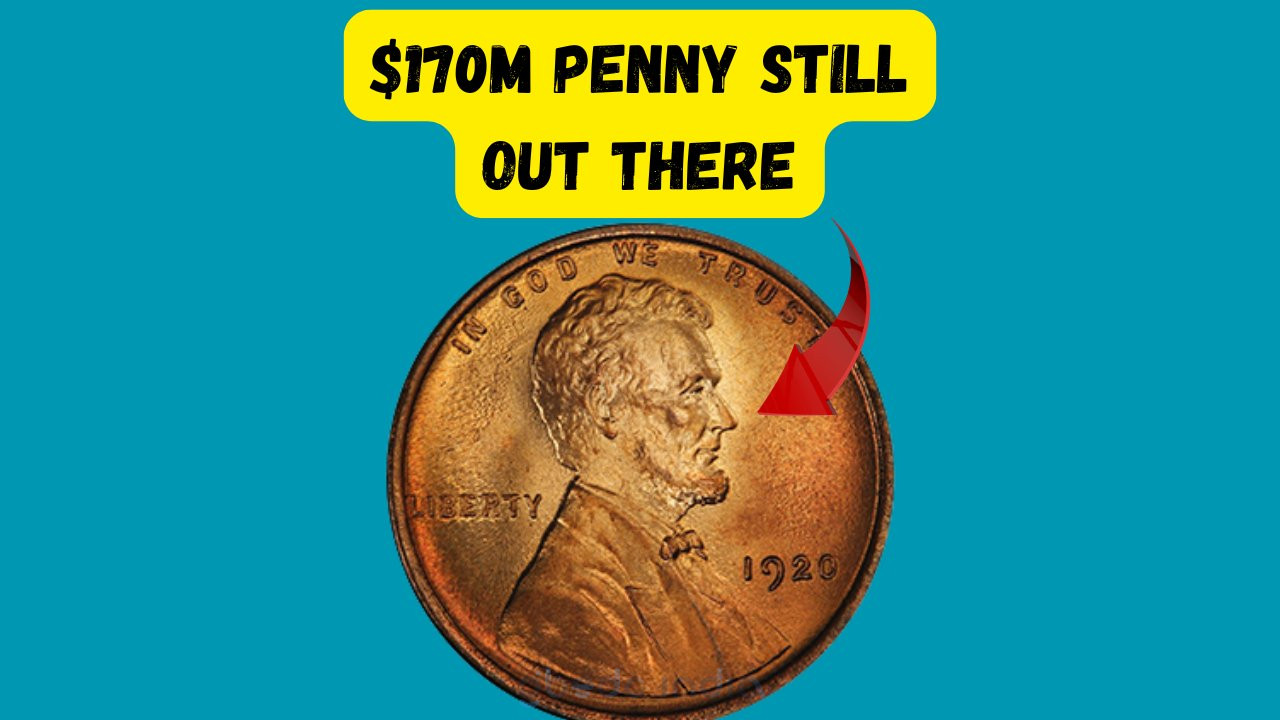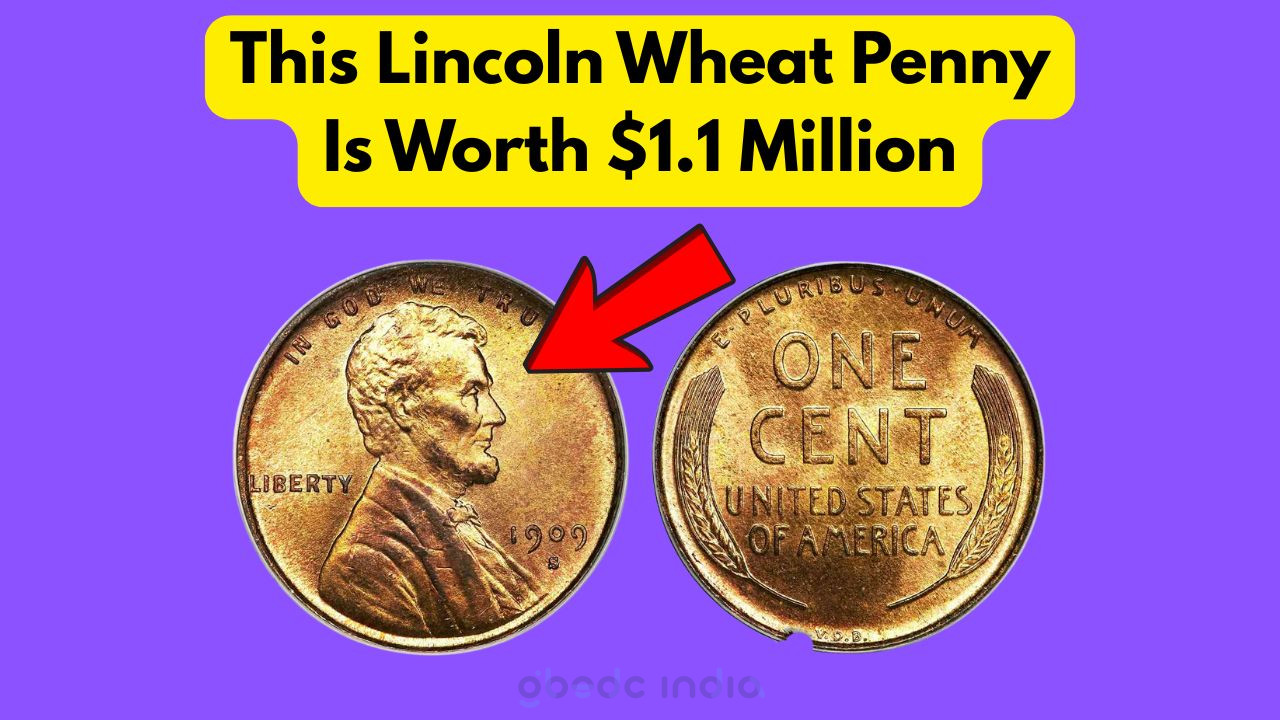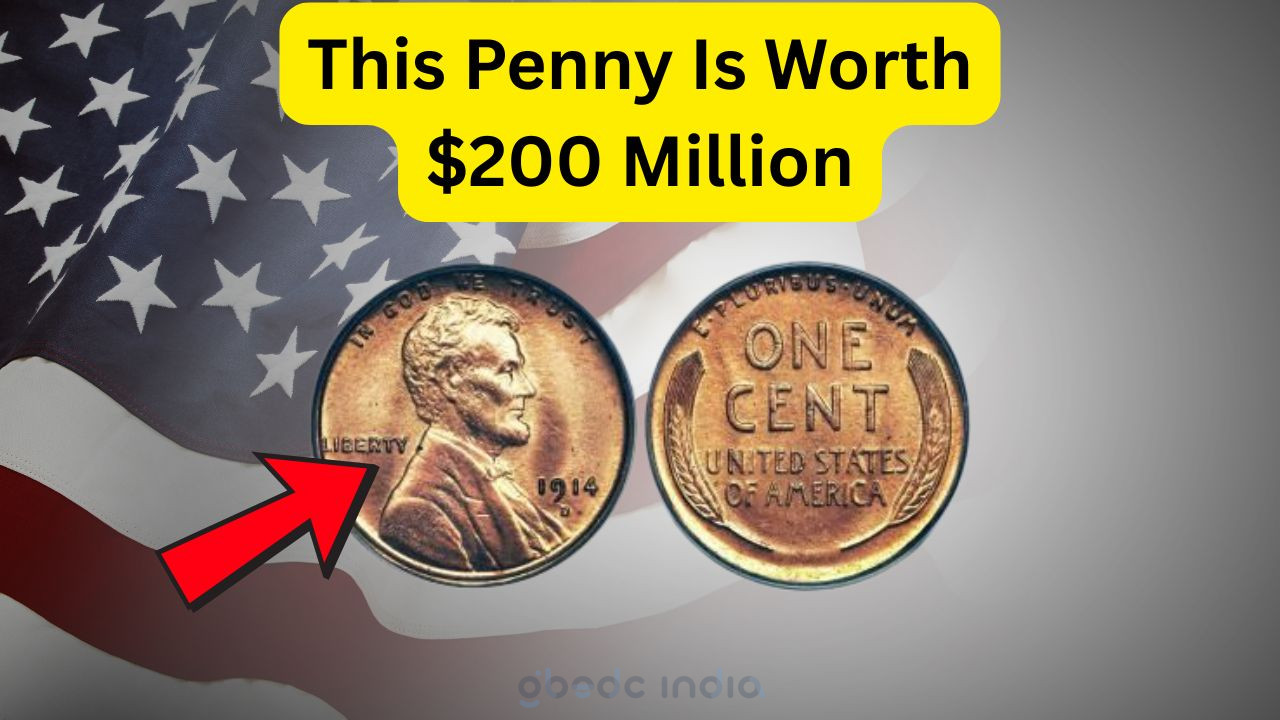Rare Lincoln Wheat Penny
Understanding the Value of Rare Lincoln Wheat Pennies
Rare Lincoln Wheat Penny: The allure of discovering a rare Lincoln Wheat Penny worth $1.7 million is enough to capture the imagination of collectors and casual enthusiasts alike. These historic coins, once part of everyday transactions, hold a special place in numismatic history due to their unique features and scarcity. The thrill of uncovering a valuable penny in circulation today offers a tangible connection to the past, sparking interest in coin collecting and investing.
- The Lincoln Wheat Penny was first minted in 1909.
- It was designed by Victor David Brenner.
- The obverse features a portrait of Abraham Lincoln.
- The reverse showcases two stylized wheat stalks.
- Rare versions include the 1943 copper penny.
- Minting errors significantly increase value.
- Condition plays a crucial role in valuation.
The Most Sought-After Lincoln Wheat Pennies
Among the Lincoln Wheat Pennies, certain editions stand out for their rarity and value. The 1943 copper penny is one such example, famously created by mistake when copper planchets were used instead of the intended steel ones. This error has made these coins incredibly valuable, with a few known to exist today. Additionally, the 1922 no-D penny, the 1955 doubled-die penny, and the 1909-S VDB penny are highly prized among collectors. Each of these coins holds unique historical significance and a story that enhances their desirability.
| Year | Mint Mark | Type | Estimated Value | Condition | Rarity | Features | Notes |
|---|---|---|---|---|---|---|---|
| 1943 | – | Copper | $1.7 Million | MS | High | Error | One of a kind |
| 1922 | No D | Regular | $20,000 | VF | Moderate | No mint mark | Unique variant |
| 1955 | – | Doubled Die | $1,500 | VF | Moderate | Double strike | Popular error |
| 1909 | S VDB | Regular | $1,000 | VF | Moderate | Initials on reverse | First year issue |
| 1914 | D | Regular | $150 | G | Low | Mint mark on obverse | Key date |
| 1931 | S | Regular | $100 | G | Low | Low mintage | Desirable |
| 1944 | D | Steel | $75,000 | MS | High | Error | Rare error |
| 1909 | VDB | Regular | $200 | XF | Moderate | Initials present | First year issue |
How to Identify a Valuable Lincoln Wheat Penny
Determining the value of a Lincoln Wheat Penny involves several factors. First, examine the date and mint mark, as these often determine rarity. Coins from the San Francisco or Denver mints can be particularly valuable. Next, assess the condition of the penny. Coins in mint state or with minimal wear are more valuable than those heavily circulated. Look for any unusual markings or errors, such as doubling or missing elements, which can significantly enhance the penny’s worth. Enlisting the help of a professional appraiser or using a reliable coin grading service can provide an accurate valuation.
- Start with a magnifying glass to inspect details.
- Check the date and mint mark location.
- Look for signs of wear and tear.
- Identify any unusual features or errors.
- Use a coin grading guide for reference.
- Consult with a professional appraiser.
Preserving and Enhancing the Value of Your Coins
Properly preserving your Lincoln Wheat Pennies can maintain or increase their value over time. Store them in a cool, dry place to prevent corrosion and damage. Coin holders or albums specifically designed for pennies can protect them from environmental factors. Avoid cleaning coins, as this can diminish their value by removing the original patina. If you must handle them, use cotton gloves to prevent oils from your hands from affecting the coins. Regularly check on your collection to ensure the storage conditions remain optimal.
| Storage Method | Protection Level | Cost |
|---|---|---|
| Coin Albums | High | Moderate |
| Coin Holders | Medium | Low |
| Safe Deposit Box | Very High | High |
| Display Cases | Medium | Moderate |
| Cardboard Holders | Low | Very Low |
Common Mistakes in Coin Collecting
Despite best intentions, collectors can make mistakes that affect the value of their coins. Cleaning coins is a common error, as it can erase valuable details and reduce worth. Overlooking proper storage can lead to damage from humidity or temperature changes. Failing to authenticate a coin before purchase can result in acquiring counterfeits. Additionally, ignoring expert advice and relying solely on online valuations can mislead collectors about a coin’s true value.
- Cleaning Coins: Never clean coins as it can decrease their value.
- Improper Storage: Use proper storage methods to prevent damage.
- Ignoring Authentication: Authenticate coins before purchasing.
- Neglecting Professional Advice: Consult experts for accurate valuations.
- Relying on Online Prices: Use multiple resources for value estimates.
- Overhandling: Minimize handling to preserve condition.
- Not Documenting Collection: Keep records of acquisitions and values.
Evaluating Your Coin Collection
| Step | Description | Tools Needed | Outcome |
|---|---|---|---|
| 1 | Inventory | Spreadsheet | List of coins |
| 2 | Condition Assessment | Magnifying Glass | Grading |
| 3 | Market Research | Price Guides | Value Estimation |
| 4 | Consultation | Appraiser | Professional Opinion |
| 5 | Documentation | Camera | Record Keeping |
| 6 | Storage | Albums/Boxes | Protection |
| 7 | Review | Collection Log | Updated Records |
How to Start a Coin Collection
- Determine your budget and stick to it.
- Research various types of coins.
- Join a local coin club for networking.
- Start with affordable coins to build knowledge.
- Gradually invest in rare or valuable coins.
Resources for Coin Collectors
- Local coin shops for purchasing and advice.
- Online forums for community engagement.
- Numismatic books for detailed information.
- Auction sites for rare coin opportunities.
Indicators of a Rare Lincoln Wheat Penny
Several indicators can help determine if you possess a rare Lincoln Wheat Penny. Check for minting errors, such as doubled dies or off-center strikes, which can significantly enhance value. Look for unusual metals, like the 1943 copper penny, or unique mint marks. Low mintage numbers often indicate rarity, as do specific historical contexts surrounding the coin’s release. Understanding these indicators can help you recognize a valuable coin in your collection.
- Minting Errors: Look for doubled dies or off-center strikes.
- Unusual Metals: Identify unique compositions like copper or steel in unexpected years.
- Mint Marks: Rarer mint marks can increase value.
- Low Mintage: Coins with fewer numbers produced are often more valuable.
- Historical Context: Coins released during significant events may hold special value.
Understanding Coin Grading
- Grading Scale: Familiarize yourself with the coin grading system.
- Professional Grading: Consider using a certified grading service.
- Condition Assessment: Learn to assess coin condition accurately.
Commonly Asked Questions About Rare Lincoln Wheat Pennies
What makes a Lincoln Wheat Penny rare?
Rarity can be due to minting errors, unique mint marks, low mintage numbers, or historical significance.
How can I find out if my penny is valuable?
Examine the date, mint mark, and any unusual features, and consult with a professional appraiser for an accurate valuation.
Is it worth investing in rare pennies?
Investing in rare pennies can be profitable if you have the knowledge to accurately assess their value and potential market demand.
Where can I sell a rare Lincoln Wheat Penny?
Rare pennies can be sold through coin dealers, auction houses, or online marketplaces dedicated to numismatics.
What should I avoid when collecting coins?
Avoid cleaning coins, neglecting proper storage, and failing to authenticate before purchasing to maintain their value.
